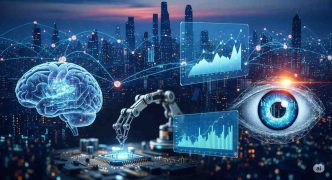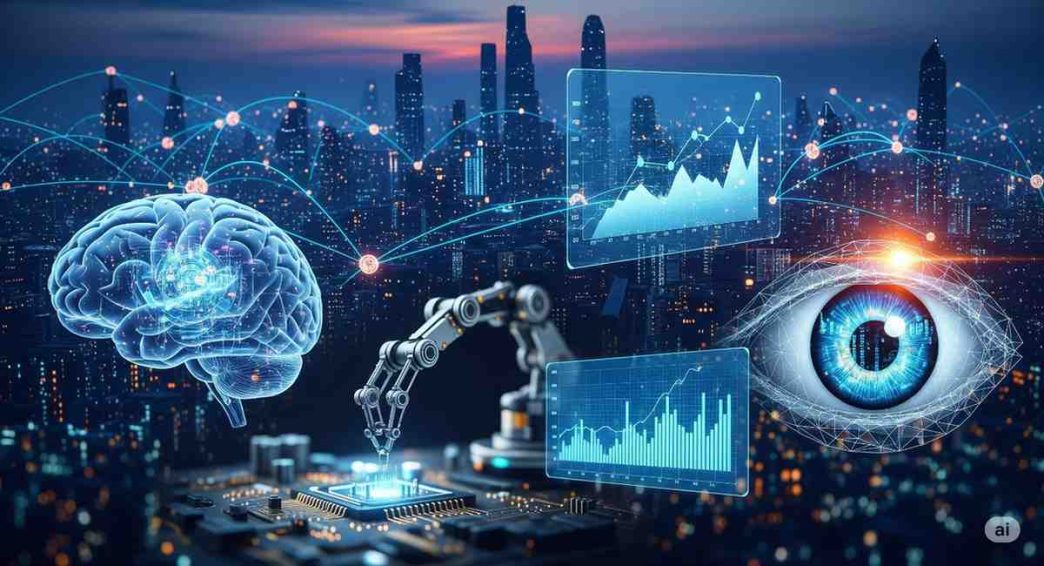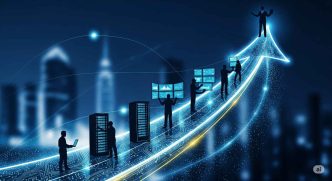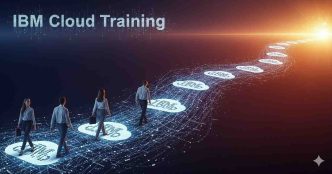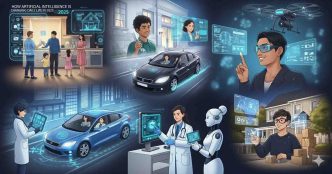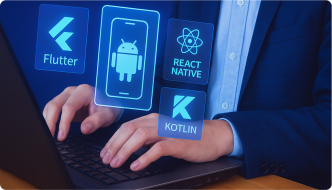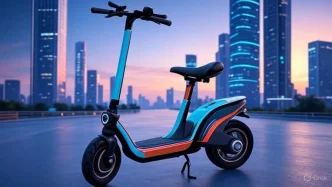Explore the top Machine Learning trends for 2025. Dive into AI agents, Multimodal AI, TinyML, and the push for robust, ethical Machine Learning practices that will define the future of technology.
Introduction
The domain of Machine Learning is not just evolving; it is undergoing a radical transformation. As we approach 2025, the convergence of unprecedented computational power, sophisticated algorithms, and vast datasets is set to unleash a new wave of intelligent systems. The discourse is moving beyond simple pattern recognition to encompass AI capable of reasoning, creating, and collaborating autonomously.
This article explores the most significant Machine Learning trends that are poised to reshape industries, challenge ethical norms, and redefine our relationship with technology in the coming year. Understanding these trends is crucial for anyone looking to stay ahead in the rapidly changing technological landscape.
The Emergence of Multimodal Foundational Models

The past few years have been dominated by Large Language Models (LLMs) excelling in text-based tasks. 2025 will witness the ascendancy of their more advanced successors: Multimodal Foundational Models. These systems represent a monumental leap, as they are designed to natively understand, process, and generate content across various data modalities—text, images, audio, video, and more—simultaneously.
The Power of Integrated Understanding
Imagine a Machine Learning model that doesn’t just read a patient’s medical history but also analyzes their X-rays, MRI scans, and a doctor’s spoken notes to provide a holistic diagnosis. In creative fields, a user could sketch a product idea, describe it in text (“make it more ergonomic and sustainable”), and the model generates a photorealistic 3D prototype. This seamless integration of sensory data is a critical step toward building AI that perceives the world with human-like richness, moving from a single-domain expert to a versatile polymath. This trend will fundamentally expand the applications of Machine Learning.
Autonomous AI Agents: From Automation to Action
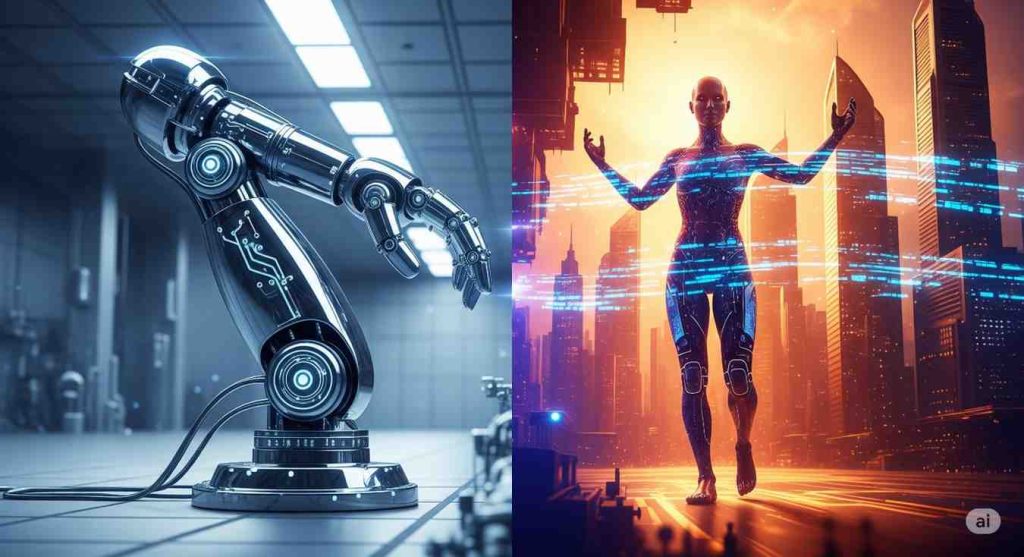
Today’s AI is largely reactive, responding to user prompts. The future lies in proactive, autonomous AI agents. These are sophisticated systems that can be given a high-level, strategic goal (e.g., “Launch a new digital marketing campaign for product X”) and then independently decompose it into sub-tasks, execute them using tools (web browsers, APIs, software), and adapt to unforeseen obstacles in real-time.
The Next Generation of Productivity
In 2025, we will see these agents transition from research prototypes to valuable commercial tools. They will function as:
- Advanced Personal Assistants: Managing complex logistics, emails, and scheduling with deep context awareness.
- Automated Software Engineers: Writing, testing, debugging, and deploying code based on high-level product requirements.
- Research Collaborators: Formulating scientific hypotheses, designing and running simulation experiments, and analyzing results.
The core enabler of this trend is the development of advanced reasoning and planning frameworks within Machine Learning architectures, allowing models to “think” step-by-step and use tools effectively.
The Pervasive Rise of TinyML and On-Device Intelligence
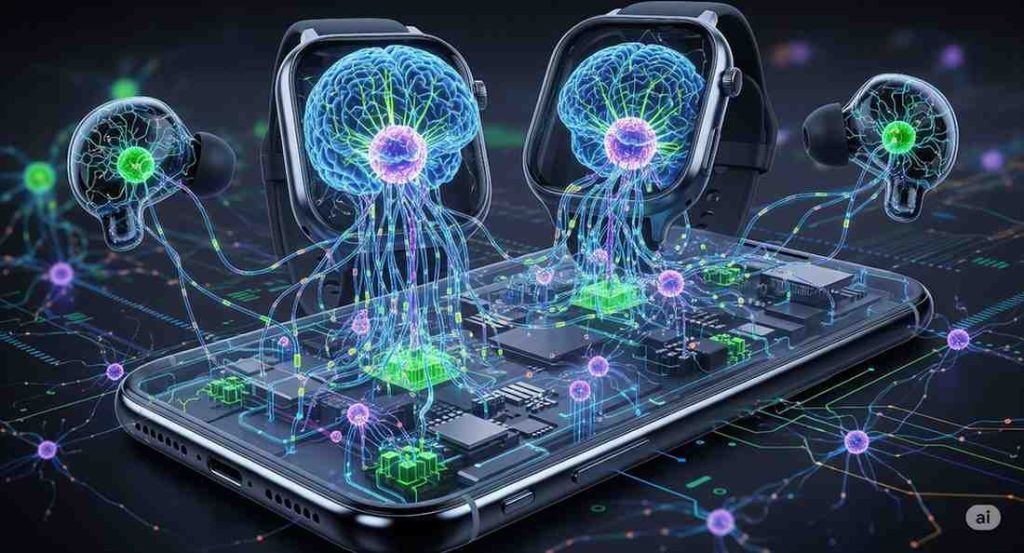
Not all critical trends involve larger models. TinyML—the deployment of optimized Machine Learning models on ultra-low-power microcontrollers and edge devices—is set to become one of the most pervasive technologies of 2025. This brings intelligence directly to the sensor, eliminating the latency, privacy concerns, and bandwidth costs associated with cloud computing.
Bringing AI to the Edge
TinyML will become invisible yet essential infrastructure. We will see it in:
- Smart Agriculture: Soil sensors that analyze moisture and nutrient content in real-time to control irrigation systems autonomously.
- Predictive Maintenance: Vibration and acoustic sensors on factory equipment that listen for the precise signature of an impending mechanical failure.
- Personalized Healthcare: Next-generation wearables that process health data locally to provide immediate insights and early warnings for conditions like arrhythmias, ensuring complete data privacy.
This trend highlights the incredible progress in model distillation, quantization, and energy-efficient hardware, making Machine Learning more accessible and sustainable.
The Critical Focus on Robustness and AI Safety
As Machine Learning models become more powerful and autonomous, the imperative to understand, trust, and control them intensifies. Instances of “hallucination” in LLMs have made it clear that capability without reliability is a significant risk. In 2025, a major shift in focus from pure performance to Trustworthy AI will dominate the Machine Learning landscape.
Building Systems We Can Trust
This encompasses several key areas:
- Explainable AI (XAI): Developing new techniques to make the decision-making process of complex models transparent and interpretable to humans, which is non-negotiable for adoption in regulated fields like finance and healthcare.
- AI Safety and Alignment: Intense research into ensuring AI systems robustly and reliably do what their human operators intend them to do, avoiding harmful or unintended behaviors.
- Bias and Fairness: Implementing more sophisticated auditing frameworks to proactively identify and mitigate societal biases in datasets and models, ensuring equitable outcomes.
This is not merely an ethical concern; it is a critical business and operational one. Organizations that champion and demonstrate safe, reliable, and fair Machine Learning will gain a significant competitive advantage and public trust.
Generative AI Matures into a Core Utility
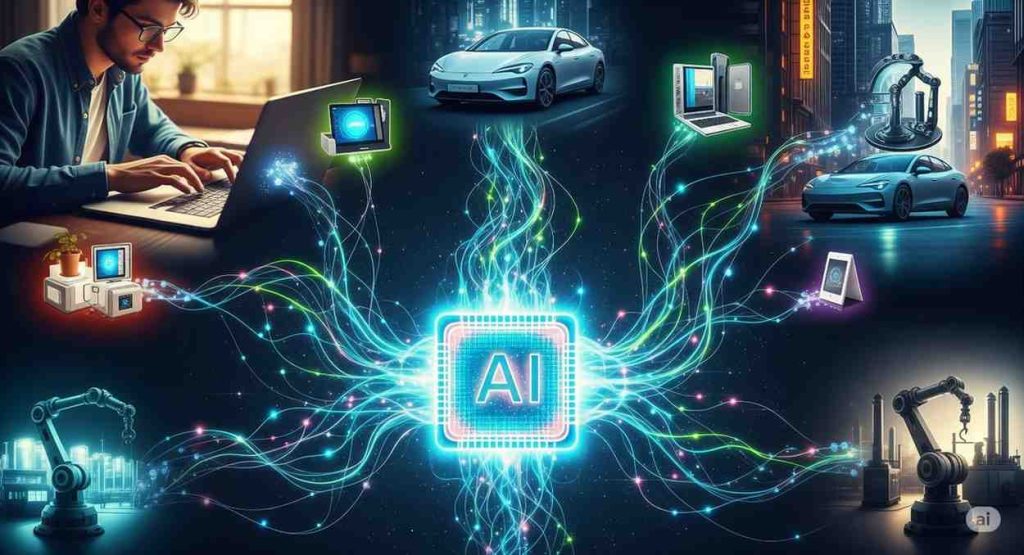
The initial wave of generative AI was characterized by novelty and experimentation. In 2025, it will mature into a deeply integrated, practical utility focused on solving specific business problems and enhancing workflows.
Beyond Novelty to Practical Application
- Generative Video: Tools will become more accessible and capable, enabling the rapid creation of high-quality marketing content, prototype footage for films, and immersive training simulations.
- 3D and World Building: Generating entire 3D assets, environments, and characters from text or voice descriptions will revolutionize industries like gaming, architecture, and the metaverse, drastically reducing development time and cost.
- Generative Design: Engineers will use AI to generate thousands of optimized design prototypes for everything from car parts to consumer products, maximizing strength and efficiency while minimizing material use.
The focus will decisively shift from “Can it generate something?” to “Can it generate the exactly correct asset for my highly specific context?”
The Democratization via Open-Source and Custom Models
While tech giants will continue to advance massive, general-purpose models, 2025 will see an explosion in the use of open-source and finely customized models. The driving forces are cost-effectiveness, data privacy, and specificity.
The Power of Specialization
Companies are realizing that using a trillion-parameter model for a focused task is inefficient. The trend will be to:
- Fine-tune smaller, open-source models on proprietary, domain-specific data. This results in models that are vastly more efficient, affordable, and precisely tailored to a company’s unique terminology and processes.
- Leverage Model Hubs, thriving ecosystems where developers can find, share, and build upon a vast array of pre-trained models for niche tasks.
This democratization of Machine Learning empowers small and medium-sized enterprises to leverage powerful AI without depending solely on the API offerings of large corporations, fostering greater innovation.
AI-Driven Scientific Discovery (AI4Science)
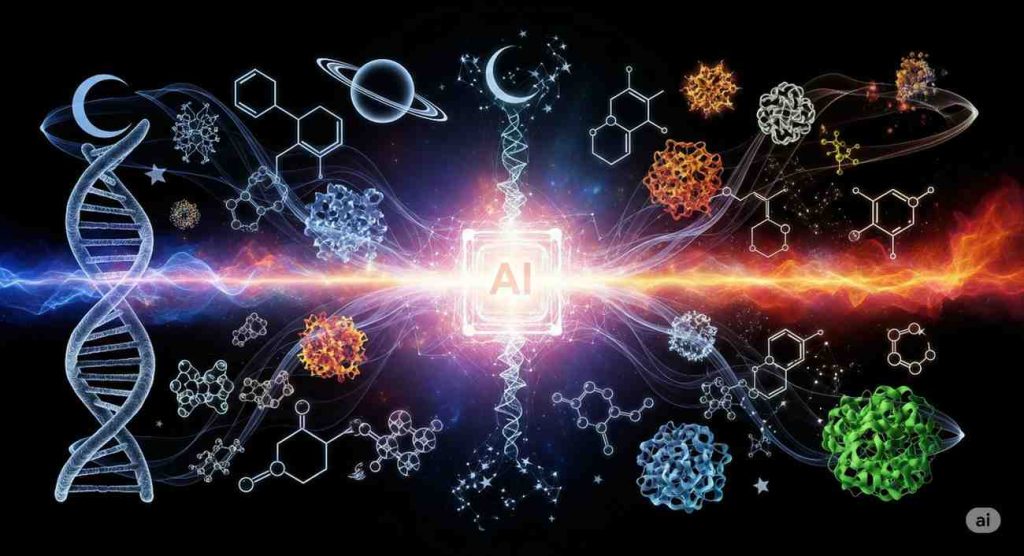
This trend holds perhaps the most profound long-term potential for humanity. Machine Learning is transitioning from a passive data analysis tool to an active partner in the scientific method itself, accelerating the pace of discovery across numerous fields.
Accelerating Human Innovation
In 2025, we will see accelerated breakthroughs powered by AI in:
- Drug Discovery: Generative models will design novel protein structures and potential drug molecules, shortening the initial discovery phase from years to months.
- Material Science: AI will help discover new alloys, battery compositions, and superconductors with tailored properties, directly addressing challenges in renewable energy and electronics.
- Climate Science: Complex climate models will be enhanced by ML to make more accurate predictions and simulate the effects of intervention strategies with greater precision.
Frequently Asked Questions (FAQ)
What is the most important Machine Learning trend for 2025?
While all are significant, the development of Autonomous AI Agents is poised to have the most transformative impact on productivity and how we interact with software, representing a major leap in applied Machine Learning.
Why is TinyML so important?
TinyML brings low-power, intelligent processing to the source of data creation. This enables real-time decision-making, enhances user privacy by keeping data on-device, and reduces reliance on constant cloud connectivity, making Machine Learning scalable for billions of devices.
How is the field addressing AI safety and bias?
The Machine Learning community is prioritizing research into Explainable AI (XAI) for transparency, “red teaming” to stress-test models for failures, and developing robust alignment techniques to ensure AI goals remain in harmony with human values and intentions.
Will open-source models compete with large proprietary ones?
Yes, but through specialization. Open-source models may not match the general-purpose knowledge of massive models, but they excel when fine-tuned for specific, specialized tasks. They offer a more cost-effective, private, and customizable alternative, fueling a diverse ecosystem.
How will Generative AI change in 2025?
It will shift from being a standalone novelty to a integrated feature within professional software suites (e.g., Adobe Creative Cloud, CAD tools, IDEs). The emphasis will be on quality, reliability, and specific utility over generic creativity.
Conclusion: Towards a Symbiotic Human-AI Future
The Machine Learning trends of 2025 paint a picture of a technology that is becoming more powerful, pervasive, and personal. It is moving from the cloud to the edge, from general to specific, and from a tool of automation to a genuine partner in creation, discovery, and decision-making. The central challenge and opportunity will not be purely technological. Success will hinge on our ability to integrate these advancements strategically, foster a culture of responsible and ethical AI, and skillfully orchestrate a new and productive symphony of human and machine intelligence. The future is not about replacement; it is about augmentation, where humans empowered by advanced Machine Learning can tackle challenges once thought impossible.
Know more related:
AR vs VR in Gaming Which Technology Will Rule
